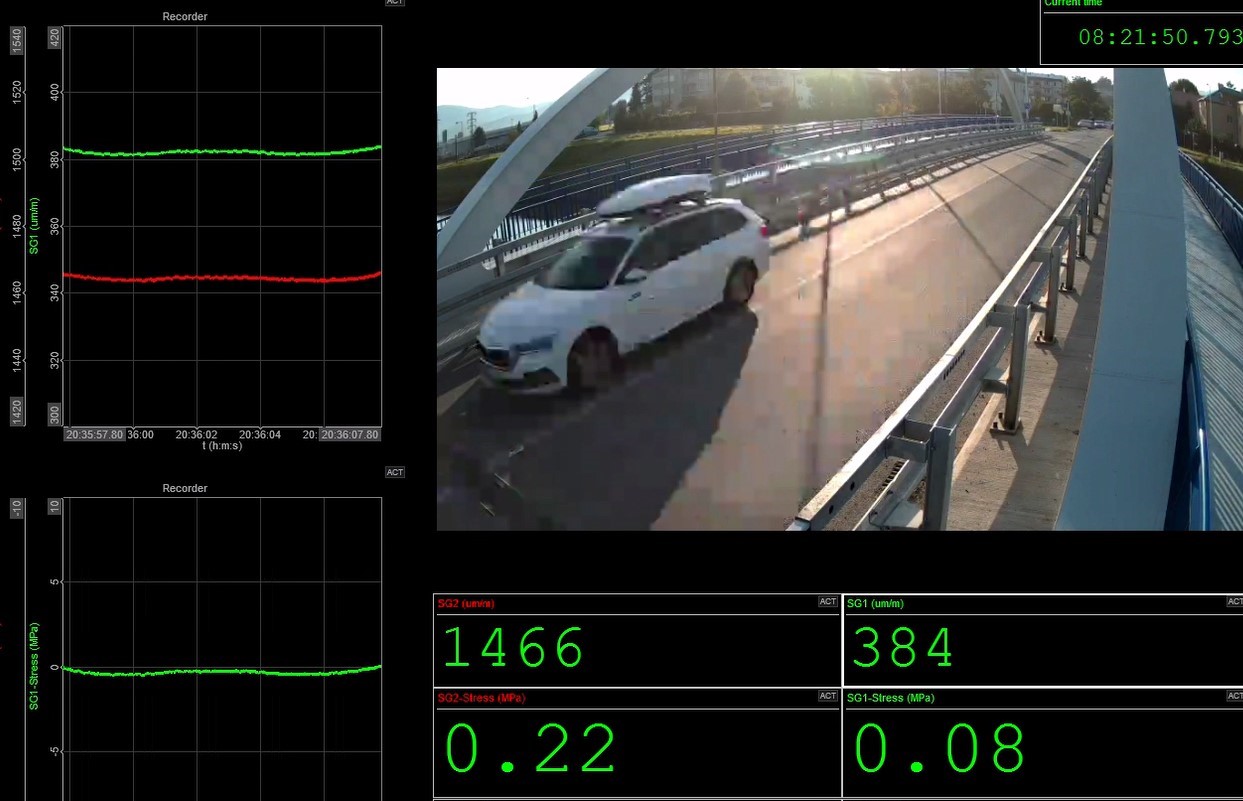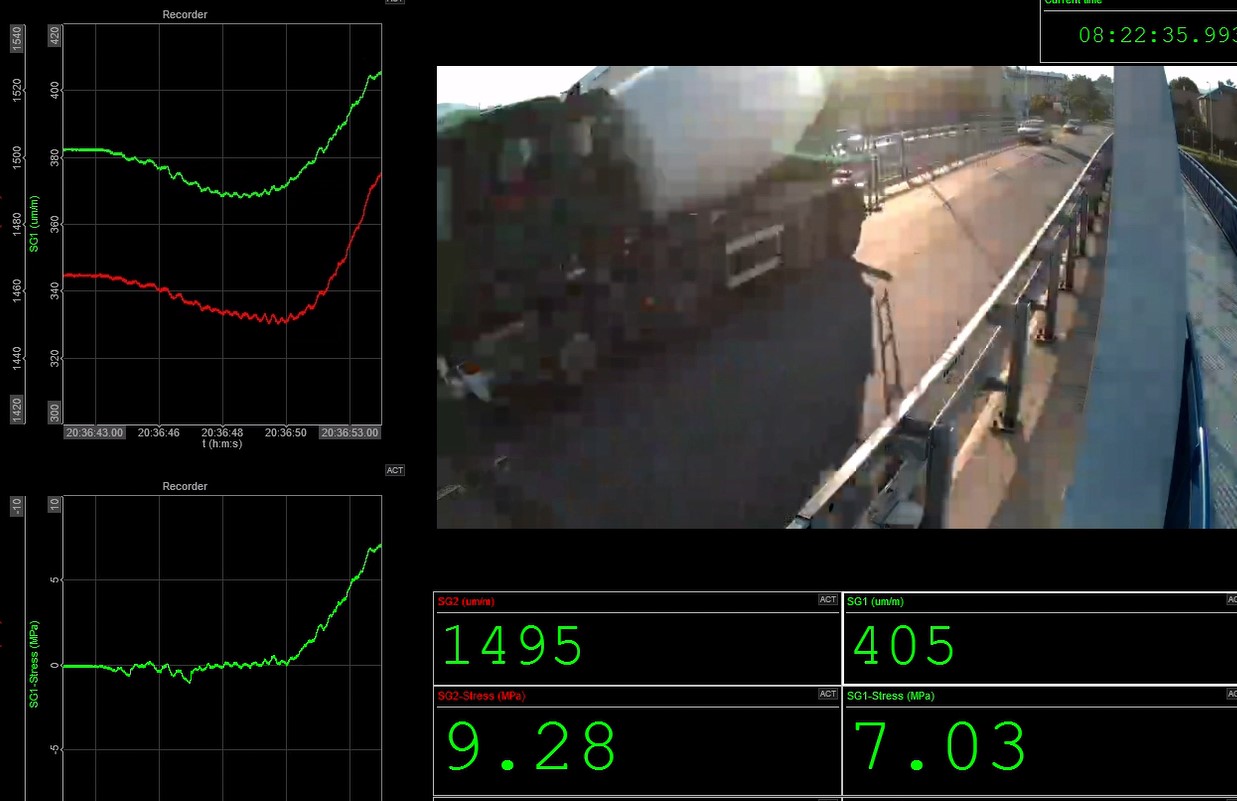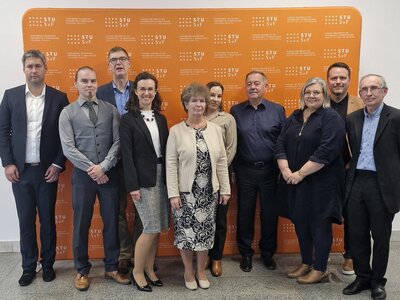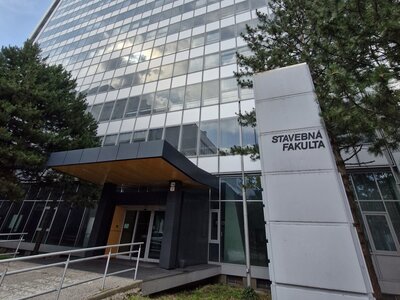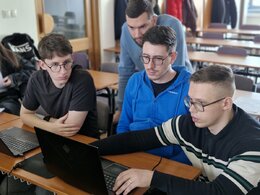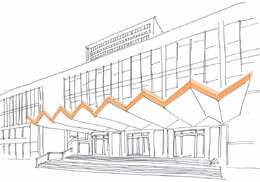Experts from the Slovak University of Technology (STU) in Bratislava are the first in Slovakia to come up with an extended bridge condition monitoring system that allows for comprehensive and continuous evaluation of data on a virtual "digital twin" of a bridge. The system was created by a team of workers from the Faculty of Civil Engineering of the STU under the leadership of Professor Milan Sokol. Pilot monitoring is currently being carried out on the bridge in Ilava.
The monitoring system operates continuously 24 hours a day, recording and calculating all effects on the bridge. Its sensitivity is extraordinary – it can detect not only passing vehicles, but also cyclists and pedestrians. Although some bridges in Slovakia are already equipped with sensors, a comprehensive and rapid ongoing evaluation on a virtual “digital twin” has not been done so far.
"The aim of this system is to provide a tool for collecting data on bridge operation, and thus the possibility of early warning if something happens on the bridge that is out of normal operation. This applies not only to bridges that are in poor technical condition, but also to new bridges, which can significantly extend their lifespan and reduce reconstruction costs," explains the head of the research team, Professor Milan Sokol.
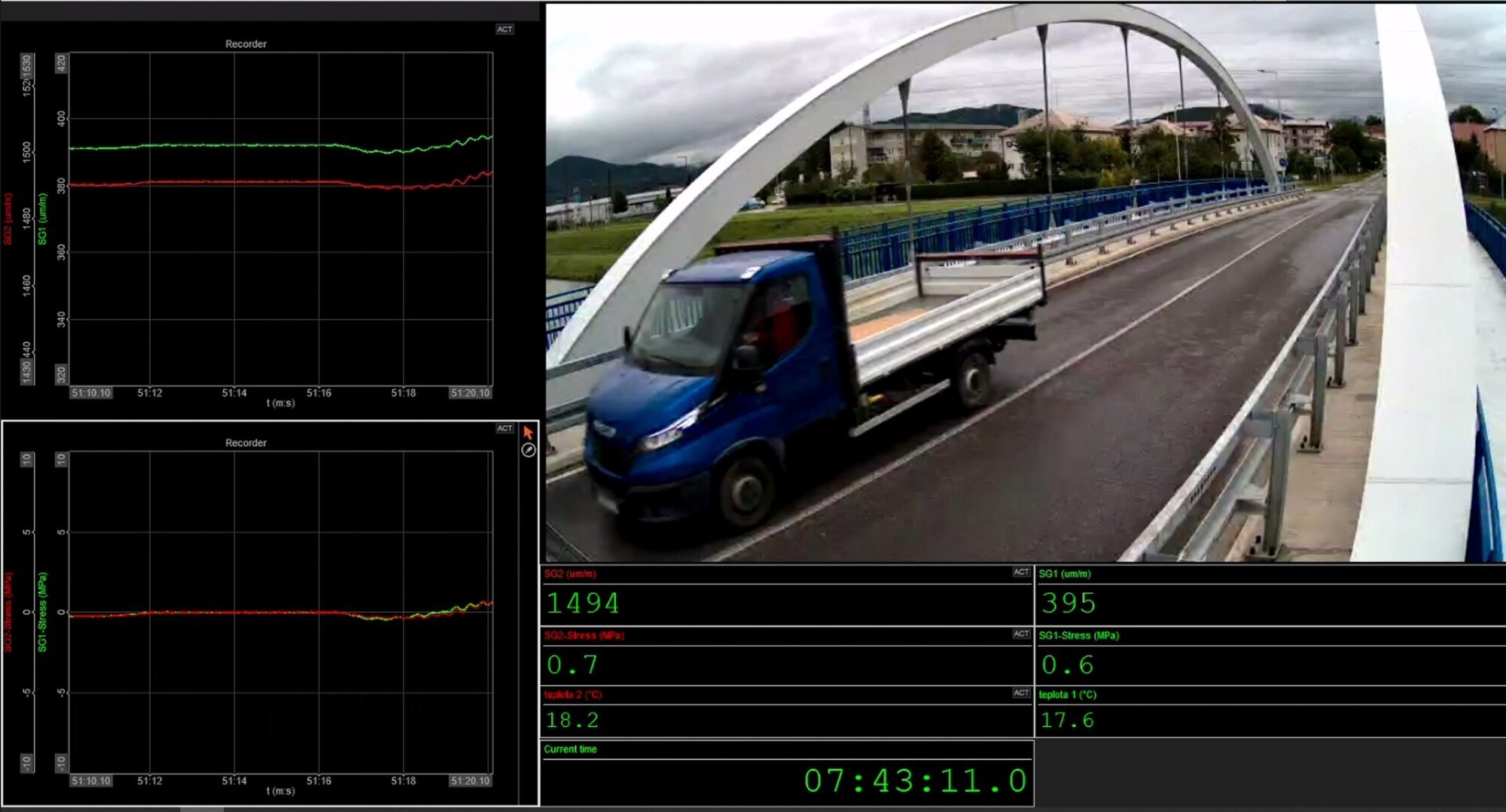
Vehicle crossing the bridge: on the left side there is data from sensors on graphs (green sensor is the belt voltage on the right, red on the left), below the image of the vehicle are their numerical values and data from temperature sensors
The uniqueness of this solution lies in the high frequency of data collection. The effects on the bridge are recorded up to 200 times per second, which amounts to almost twenty million records per day. At the same time, data on passing vehicles, their weight and speed are recorded, thanks to which the system can immediately identify any overloading of the bridge.
A faithful virtual model is created for the monitored bridge. Theoretical effects are calculated on it, which are immediately compared with the real measured values. For selected situations, the so-called Key Performance Indicators are continuously evaluated, i.e. the quantities that determine whether the bridge response corresponds to the load. This data can be linked to the bridge manager's dispatching.
"With the help of properly tuned digital twins and online measurements, it is possible to predict changes in the condition of a bridge, for example, to detect possible damage. Early identification of damage significantly reduces the costs of its repair. Such knowledge can help in making decisions related to operation and maintenance," explains Professor Sokol, explaining the advantages of a system connected to a virtual model of the bridge.
Monitoring data is continuously stored in cloud storage, which allows, in addition to rapid response to unexpected bridge behavior, to collect data on traffic history, the count and characteristics of passing vehicles, tension inside the structure, and other data to accurately determine the lifespan of the bridge.
The system on the Ilava bridge has been in preparation and testing for approximately 18 months and has been in operation since the beginning of September 2025. The entire device is permanently installed on the structure and is so robust that it should serve until the end of its service life, or until the bridge administrator deems it appropriate to use the monitoring system.
------------
The research was supported by the Agency for the promotion of research and development through grant APVV-22-0431 Digital Twins of Bridges as a monitoring basis for maintenance management and is carried out in close cooperation with the Road Administration of the Trenčín Self-Governing Region, which is the administrator of the monitored bridge and is a project partner.

